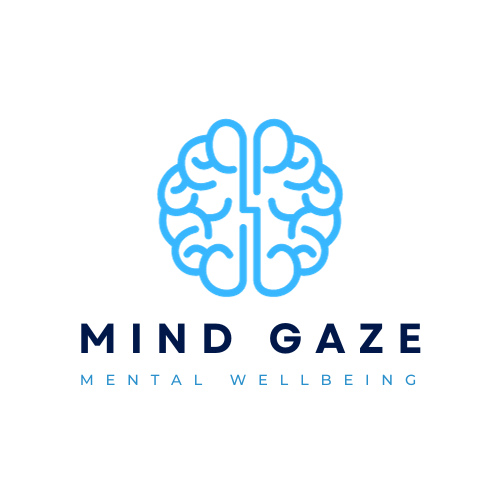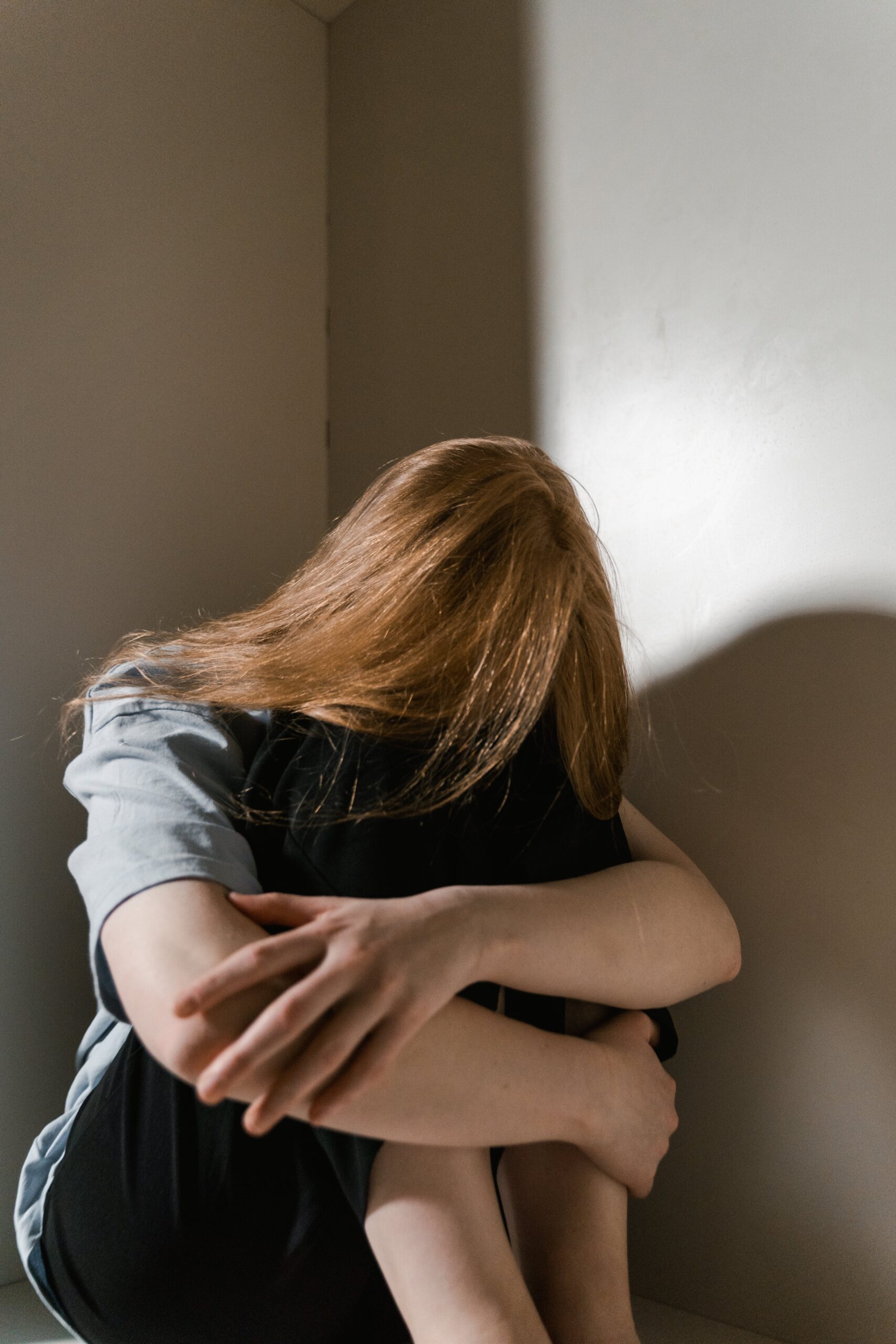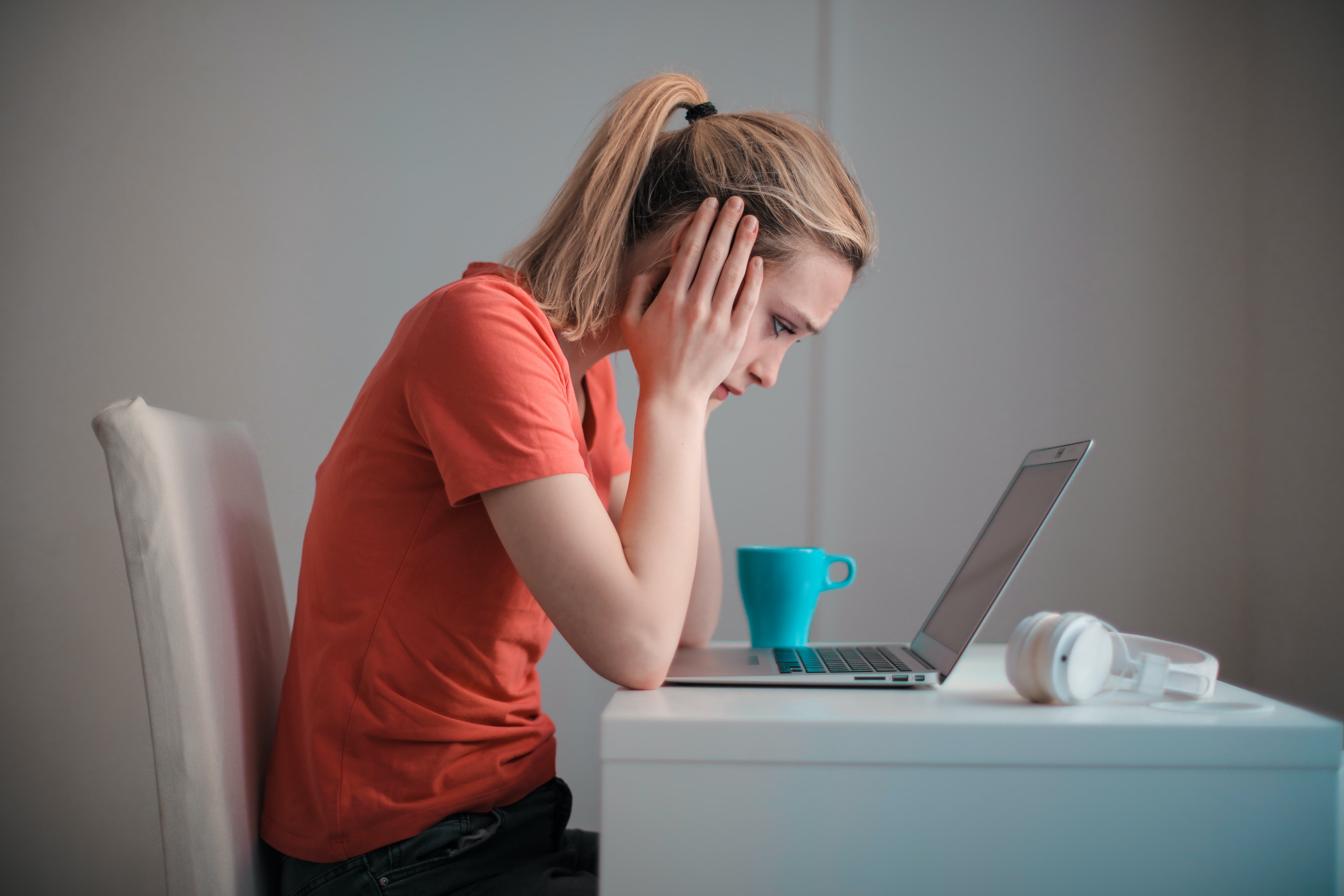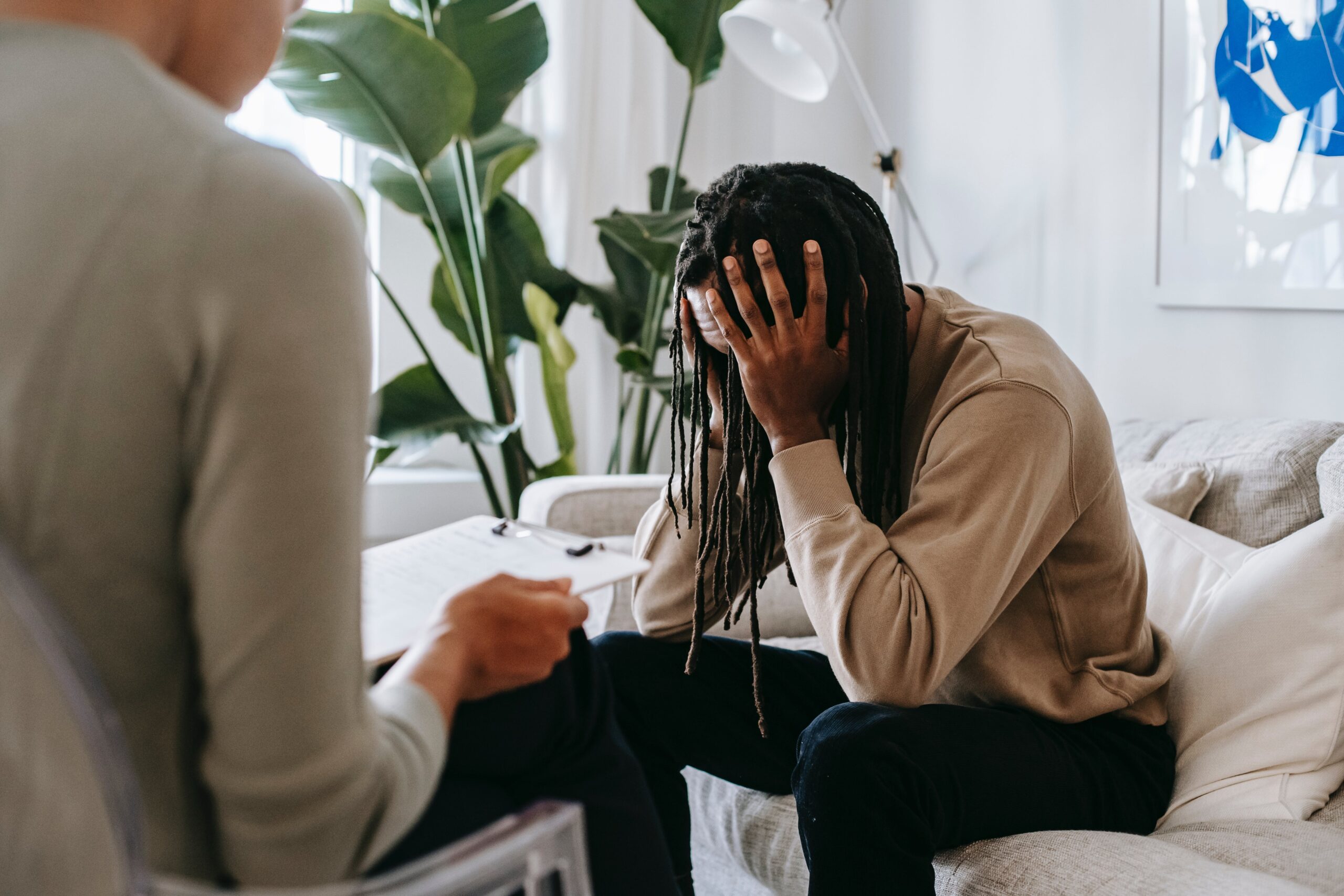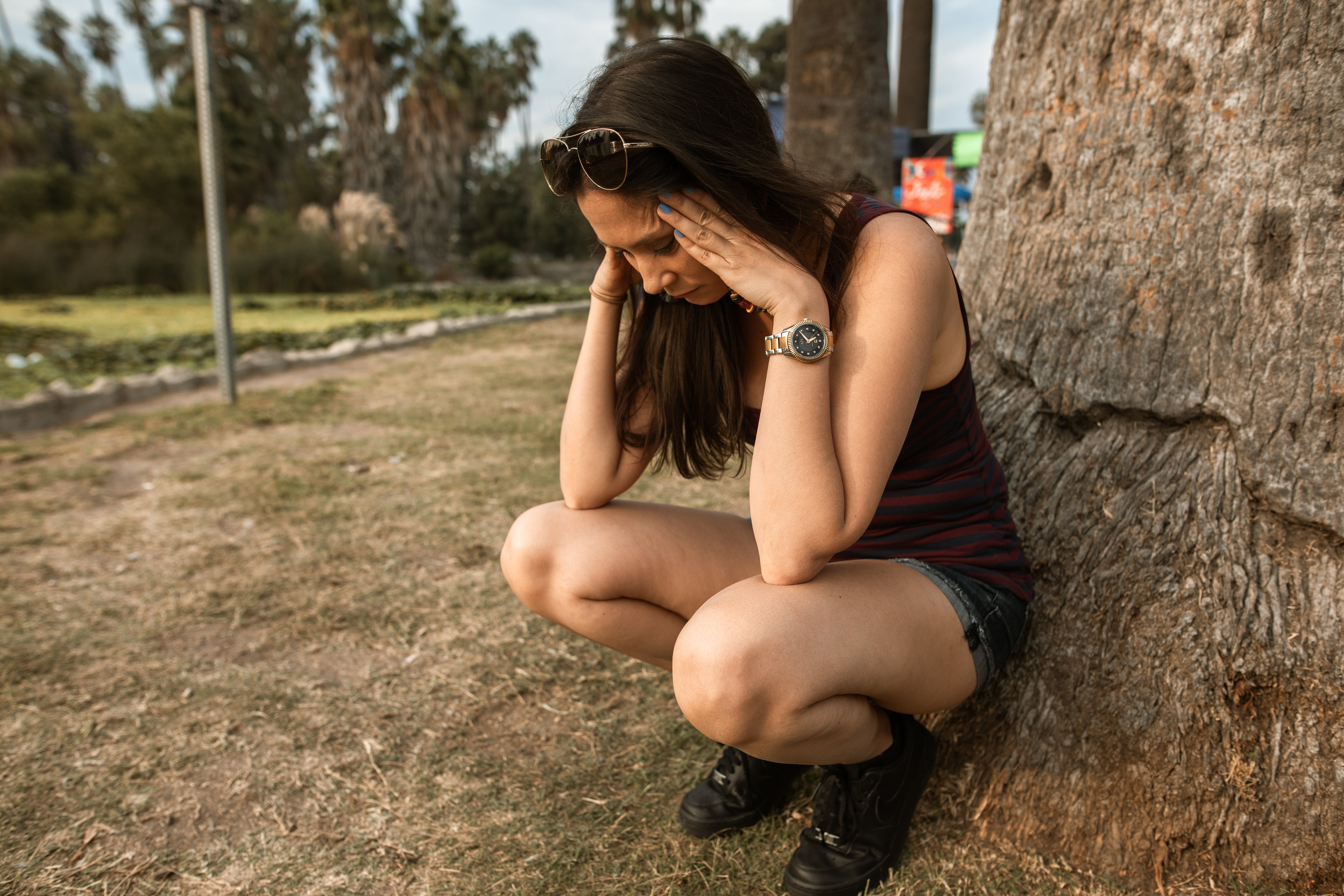Anxiety is one of the most common mental health issues, affecting over 40 million adults in the United States alone. While anxiety can be a normal and even useful response in moderation, for many it becomes excessive, persistent, and interfering with daily life. The good news is there are practical, evidence-based strategies that can help. By understanding anxiety better and learning proven techniques to manage symptoms, you can start to break free from anxiety’s grip and regain control of your life.
What is Anxiety and What Causes It?
Anxiety refers to a group of mental health conditions characterized by chronic, excessive worry, fear, nervousness, and tension. While we all experience some anxiety in life, those struggling with an anxiety disorder find it is no longer limited to specific situations and instead becomes an ongoing state coloring every aspect of life.
There are a few types and causes of clinical anxiety disorders, including:
Generalized Anxiety Disorder (GAD): This refers to persistent, irrational worry about everyday things that is out of proportion to actual risk. Those with GAD may struggle to control their concerns and often experience physical anxiety symptoms as well.
Social Anxiety Disorder: Also called social phobia, this involves extreme fear and self-consciousness in social interactions and situations due to concern over being judged or embarrassed. Physical symptoms often arise in feared social situations.
Trauma-Related Anxiety: Experiencing a traumatic event can lead to lasting symptoms of increased anxiety, memories of the event popping up, hypervigilance, nightmares, and more classic PTSD symptoms. Sexual assault, violence, disasters, and combat are common trauma triggers.
Anxiety Caused by Medical Issues: Medical problems that affect mood regulation, hormone balances, and brain chemistry can also worsen anxiety symptoms. Some examples include thyroid disease, hormone changes like menopause, low blood sugar, electrolyte imbalances, sleep apnea, withdrawal from alcohol and certain illicit drugs, and more.
In many cases, anxiety arises from a complex interaction of biological vulnerabilities, thought patterns that exacerbate fear, and environmental factors. Once established, anxiety becomes a self-perpetuating cycle that is challenging to break without purposeful effort and good coping skills. Below is an excellent illustration from New Scientist
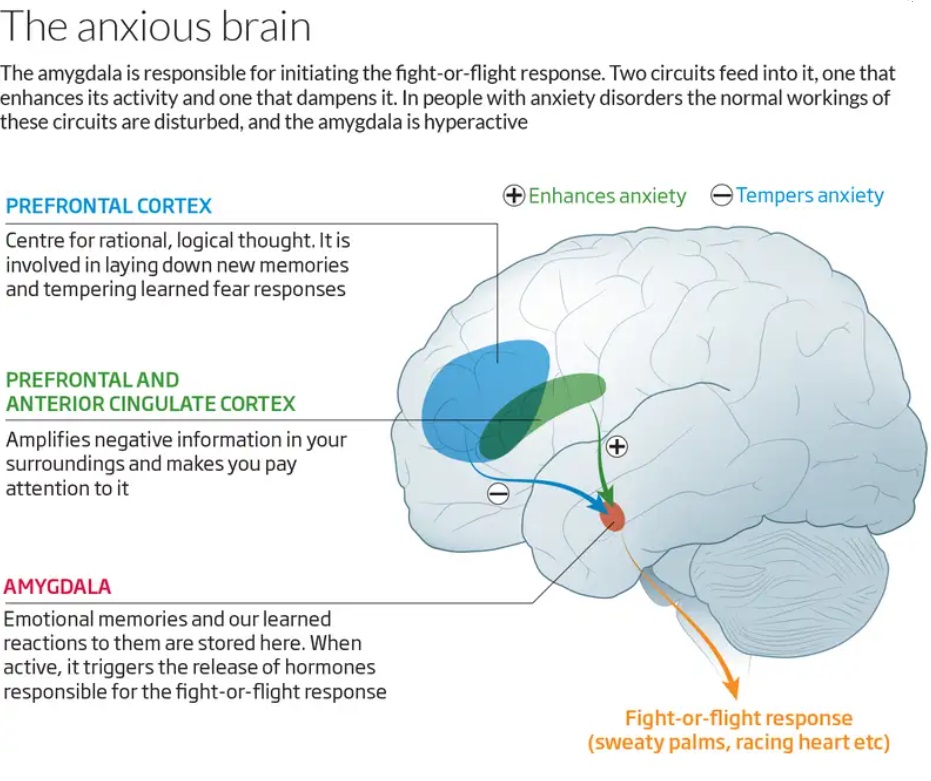
How to Know When Anxiety Is Problematic
Everyone feels worried or nervous at times. This emo when we face major life stress, or when our bodies go into fight or flight mode in the face of immediate physical peril. However, clinical anxiety differs in that it tends to be:
Excessive: The level of fear, worry, and physical symptoms are disproportionate to the actual risk or trigger.
Persistent: Anxiety interferes with normal life not just occasionally but every day and won’t go away.
Irrational: Even when you logically know an anxiety trigger poses little risk, you still can’t control the reaction.
Debilitating: Anxiety keeps you from engaging in normal responsibilities like work, school, parenting, socializing, household duties, and relationships.
Distressing: Anxiety feels unpleasant and distressing versus manageable.

So when is it time to seek help? If anxiety persists daily for over six months and interferes with your life, despite efforts to cope on your own, this signals it’s time to pursue professional treatment.
Evidence-Based Strategies for Coping With Anxiety
Managing anxiety begins with understanding proven strategies rooted in science and research. Many assume they just have to live with it when anxiety gets bad, but in reality you can achieve better control even without medication through practical coping techniques and healthy lifestyle habits.
Some of the most effective ways to manage anxiety include:
Challenge Anxious Thoughts
How we perceive situations has a huge impact on anxiety levels. Those with anxiety disorders often have distorted thought patterns making benign things seem far more dangerous. By learning to identify and dispute irrational thoughts, you can disrupt their contribution to feeling afraid. This is the crux of cognitive behavioral therapy (CBT), one of the most studied treatment approaches.
Start by noticing irrational thoughts right as they pop up, especially in triggering situations. Ask yourself questions like “Is this concern realistic or out of proportion?”, “Am I catastrophizing unlikely outcomes?”, and “Would most people see this as something to worry about?” Replace distorted thinking with more balanced thoughts.
Calm Your Body and Mind
Since anxiety has pronounced physical symptoms, calming your body directly can also interrupt the anxiety feedback loop and bring some relief. Relaxation techniques and mindfulness teach you to lower heart rate, muscle tension, adrenaline, and other physical reactions that fuel anxious thoughts and vice versa. This restores a sense of inner balance and control.
Deep breathing, progressive muscle relaxation, meditation, visualization exercises, mindfulness, yoga, and tai chi are examples of proven calming practices it helps to do daily. Even quick 60-second breathing breaks several times a day can take the edge off anxiety.
Face Specific Fears Gradually
Avoiding anxiety triggers often increases anxiety overall by sending the message internally that the situation is too dangerous to face. With gentle but incremental exposure to specific feared situations, you can retrain your body and mind they are safe. This is called exposure therapy and it helps break associations between triggers and anxiety.
Make a list of anxiety-inducing situations from least to most distressing. Start confronting the least distressing scenes for brief periods, even if you feel nervous. With repeated calm exposure, anxiety triggers begin to lose their power. Work your way up the list as tolerance increases.
Lead a Healthy Lifestyle
Stress is a huge contributor to anxiety, while good self-care helps build resilience and reduces vulnerability to triggers. Prioritizing proper sleep, nutrition from whole foods, regular exercise, quiet leisure time, fun hobbies, and loving relationships all help regulate mood and prevent anxiety levels from peaking. Pay attention to lifestyle factors raising or reducing stress.
Building healthy daily habits keeps your mind even-keeled and prevents perpetuating cycles of emotional and physical exhaustion that worsen anxiety. Support your overall well-being and it will reciprocate by giving anxiety less traction.
Lean On Your Support System
It is common for those struggling with anxiety to isolate themselves out of embarrassment, fatigue, canceling plans due to anxiety, or not feeling understood. But social support provides protection against descending into unhealthy ruminating and activities due to anxiety. Staying engaged with caring friends and family can keep you grounded when anxiety threatens to overwhelm.
Let loved ones know specific ways they can support you like lending a listening ear when you feel anxious, making relaxing plans together, gently challenging distorted thinking, changing topics when ruminating, offering encouragement, etc. Getting anxieties off your chest often provides some relief too.
Professional Treatment Options for Anxiety Relief
Relying solely on self-help has its limitations. Professional anxiety treatment ensures you are using coping strategies correctly for full benefit. It also helps identify specific root causes driving your anxiety so they can be addressed directly.

Common treatment options include therapy, medications, or both combined:
Cognitive behavioral therapy (CBT): CBT focuses directly on recognizing negative thought patterns triggering anxiety symptoms and learning to correct distorted thinking. Strategies might include cognitive restructuring, relaxation techniques, visualization, emotional regulation tactics, exposure therapy, and mindfulness. Studies consistently confirm CBT’s usefulness.
Acceptance and commitment therapy (ACT): This closely related technique teaches you psychological flexibility to accept uncomfortable internal experiences like anxiety without overreacting to them. It’s also combined with choosing life-affirming actions aligned with your values to prevent avoidance behavior due to anxiety.
Dialectical behavior therapy (DBT): DBT combines CBT with Eastern mindfulness practices showing promise for alleviating anxiety, especially trauma-induced types. The focus is on self-soothing and distress tolerance techniques along with learning to regulate emotions and improve relationships.
Anti-anxiety medications: Medications like selective serotonin reuptake inhibitors (SSRIs), serotonin-norepinephrine reuptake inhibitors (SNRIs), benzodiazepines, beta blockers, and more can sometimes augment therapy. They often take 4-6 weeks to reach effectiveness and must be closely monitored by a doctor for side effects.
Mind-Body practices: Yoga, tai chi, meditation, deep breathing exercises, mindfulness, and complementary approaches like acupuncture may enhance anxiety relief when added to other evidence-based treatments. They calm the body’s stress systems and turn down fear reactivity.
Support groups: Peer support from others experiencing similar anxiety challenges can boost progress through solidarity, understanding, sharing coping strategies, and motivation to stick with self-care habits. Both generalized anxiety and condition-specific groups are available locally or online.
Intensive programs: Partial hospitalization or intensive outpatient programs allow full immersion into anxiety recovery skills daily for a number of weeks, offered in a group format. These operate either privately or through psychiatric treatment centers.
Seeking input from mental health professionals ensures you get an accurate anxiety disorder diagnosis, ruling out potential medical factors, and receive treatment tailored to your unique needs for the best outcome. Many find combining therapy and medications, at least temporarily, delivers optimal anxiety relief.
Helpful Resources for Living With Anxiety
As you learn to manage anxiety, make use of available resources to augment your knowledge, supplements therapy, and provide motivation. Helpful anxiety resources include:
Books: Numerous self-help books by mental health professionals offer practical coping skills, challenge common anxiety myths, provide inspiration from others who have found anxiety relief, and more. Some top-rated titles include:
“The Anxiety Toolkit” by Alice Boyes,
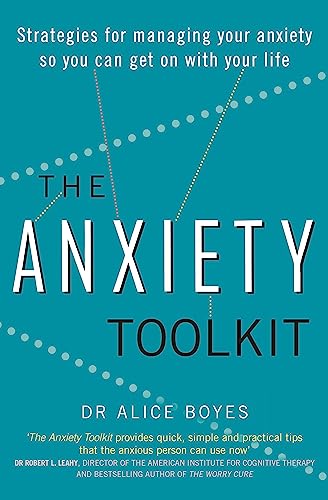
“Anxiety as an Ally” by Dan Ryckert, and
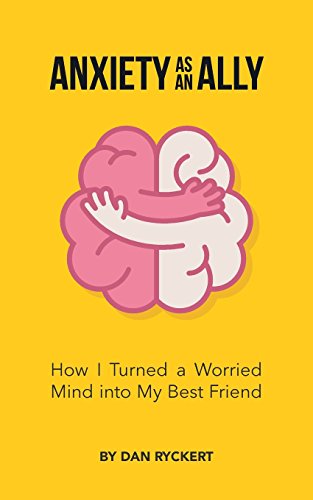
“The Cognitive Behavioral Workbook for Anxiety” by William J. Knaus.
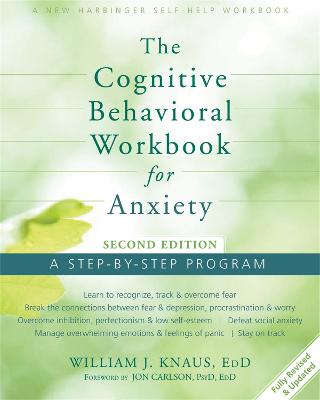
Support groups: Local and online support groups connect you with others struggling with anxiety for sharing stories and strategies. These provide ongoing reinforcement that you are not alone with this challenge plus accountability in applying anxiety management techniques.
Apps: Apps harness smart phone tech to make anxiety relief tactics conveniently accessible on-the-go. Features may include guided meditations, CBT thought journals, habit trackers, coping skill tutorials, reminders to take anxiety breaks, and ways to connect with therapists. Some popular examples are Calm, Dare, and NOCD.
Online therapy: Web-based therapy options allow accessing professional support conveniently online, often at reduced rates. Leading vendors include BetterHelp.com, TalkSpace.com, and Amwell. Both individual and group anxiety counseling is available.
Podcasts: Hear first-hand stories of triumphing over anxiety disorders through podcast interviews. Plus gain extra knowledge about managing symptoms from mental health pros. Helpful examples are The Anxious Truth podcast with host Drew Linsalata and Anxiety Slayer with Shanti Shanti Kaur Khalsa.
Blogs: Anxiety blogs share tips and inspiration from fellow anxiety sufferers, therapists, and advocates. Seeing others achieve life despite anxiety makes it feel more possible for you too while picking up coping ideas. Check out The Mighty, EverydayHealth.com, and PsychCentral’s anxiety blogs.
The Light at the End of the Tunnel
Anxiety can make even simple tasks and decisions overwhelming. The sense of constant tension, uncertainty, and physical discomfort promote more rumination which strengthens anxiety’s foothold. But there are solutions, from better understanding anxiety’s drivers to learning science-backed coping strategies and pursuing combination treatment.

While anxiety recovery takes mindfulness and diligent self-care, in time new thought patterns emerge along with confidence handling triggers. Supporting overall wellness leaves less room for anxiety to take over. With patience and support, the clouds of anxiety do eventually lift so you can fully reengage with living. Relief takes commitment but is within reach for most.
